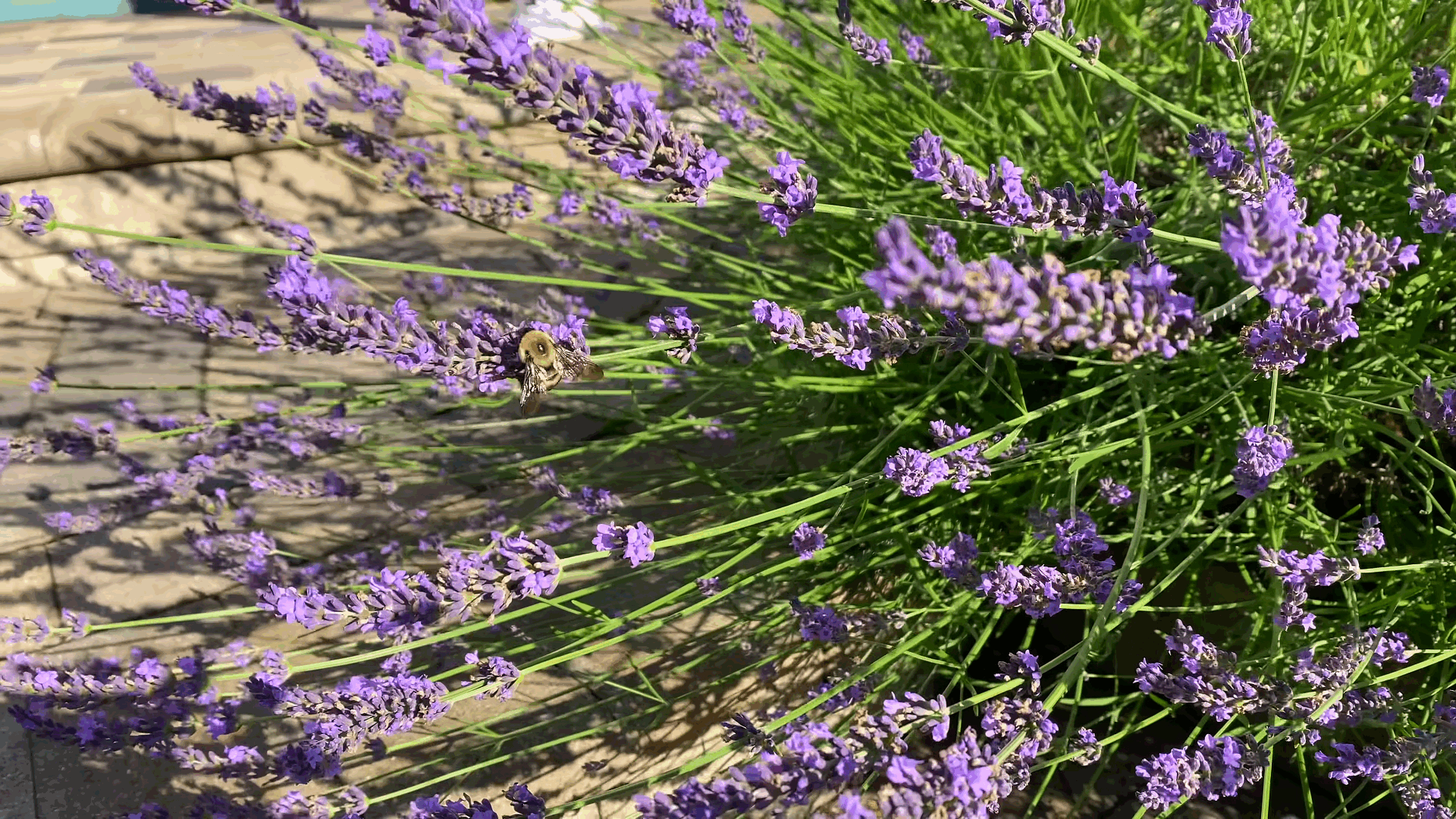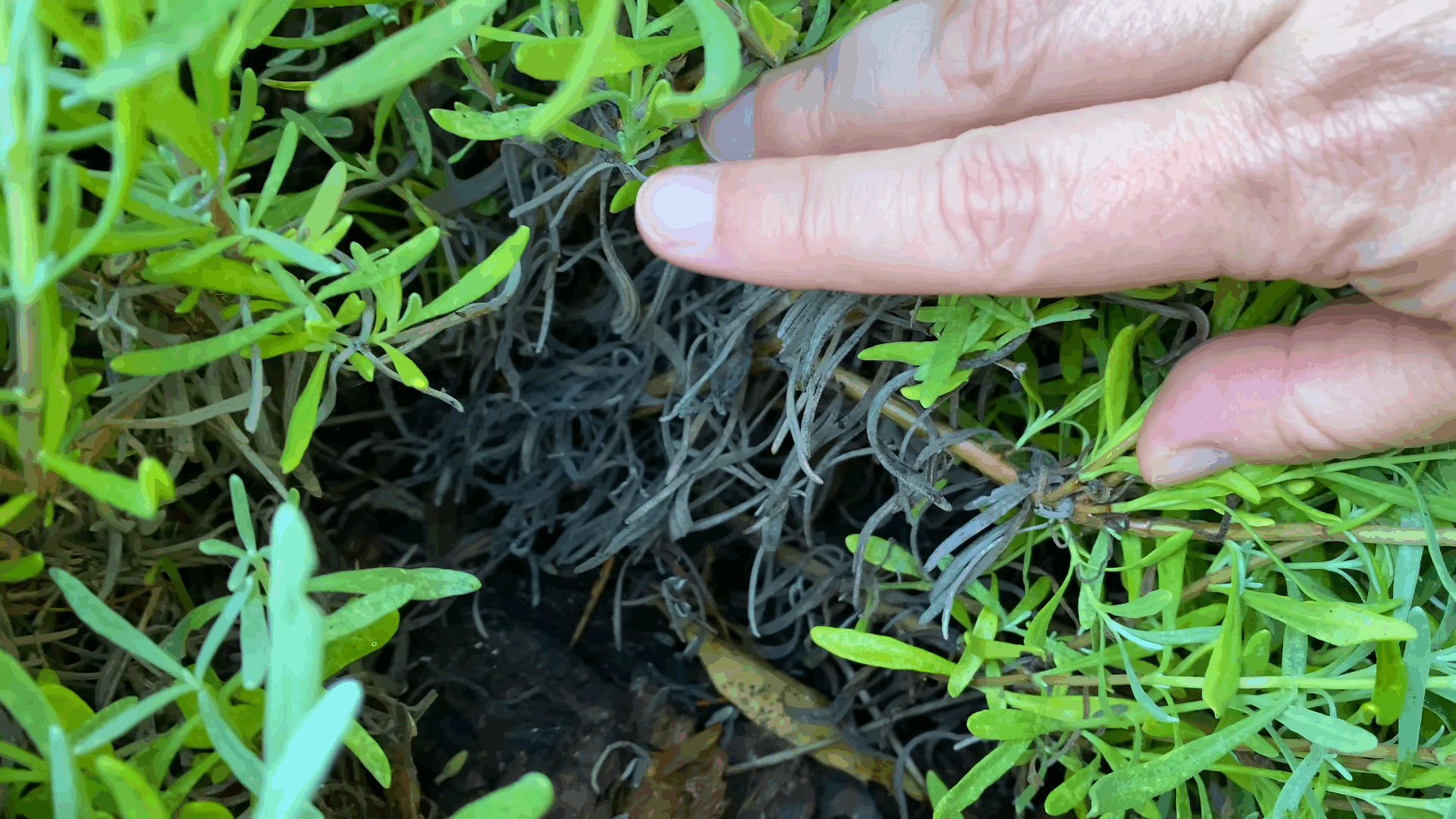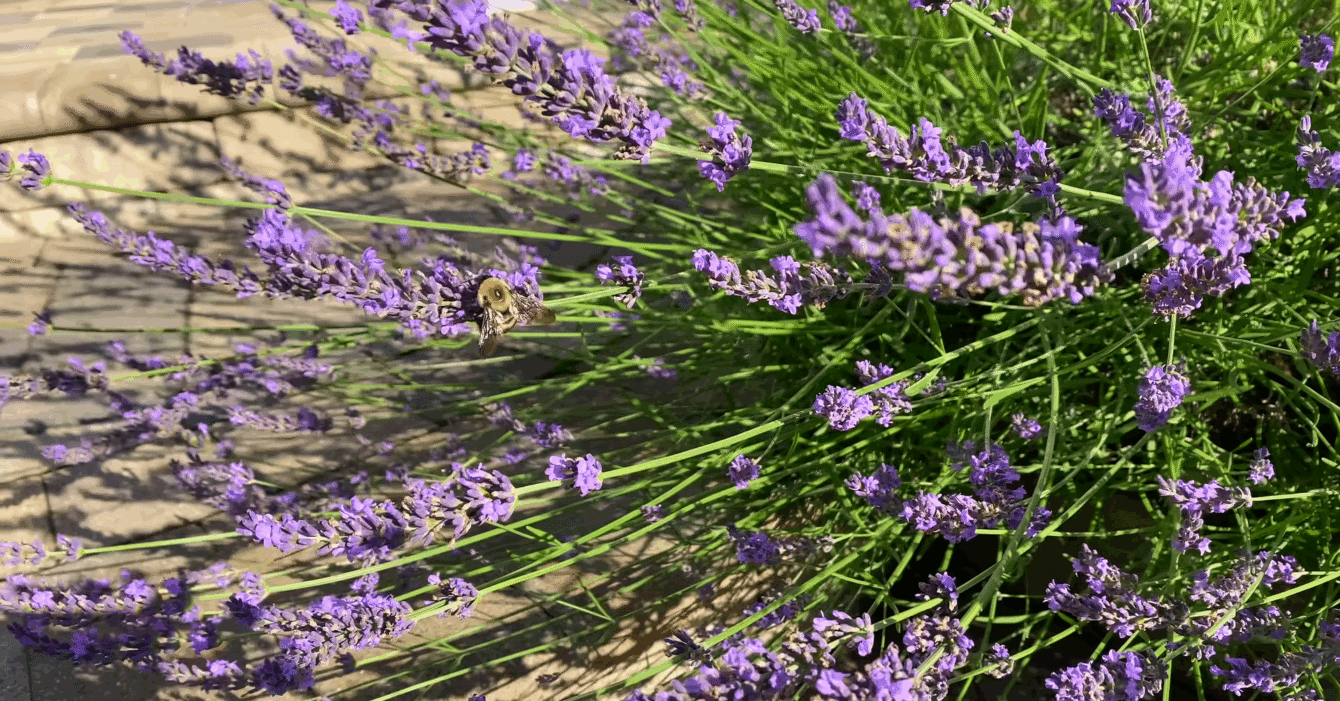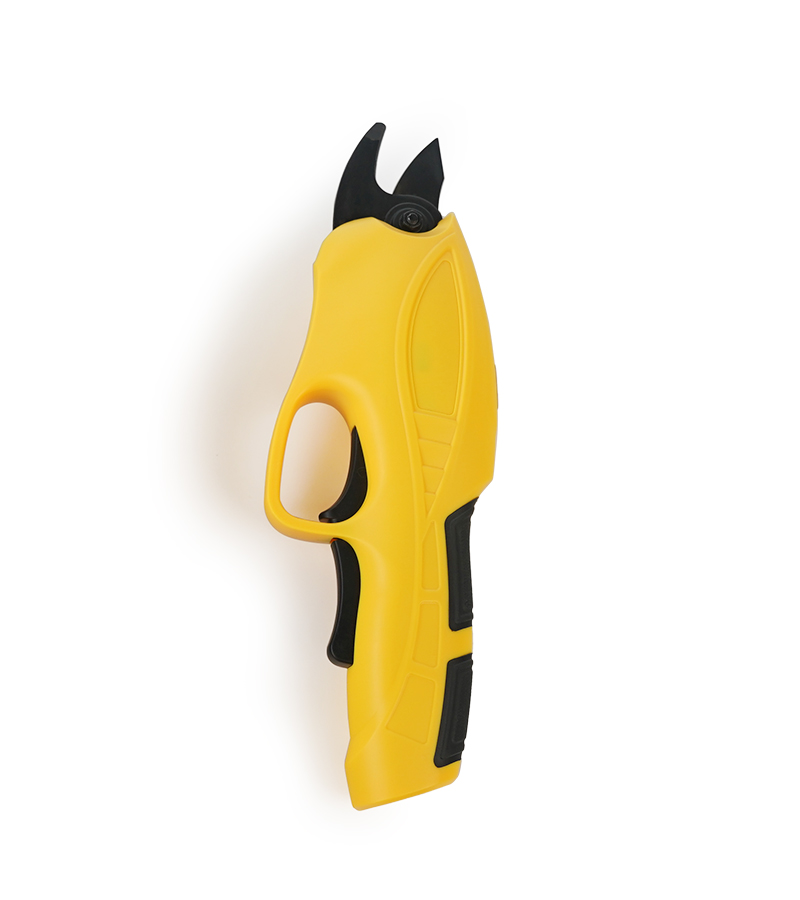Lavender (Lavandula) is one of the UK’s most cherished garden plants, valued for its fragrant blooms, pollinator-friendly nature, and resilience. However, without proper pruning, lavender can quickly become woody and lose its neat, compact shape. Understanding when and how to prune lavender is key to maintaining its health and beauty year after year.
Why Pruning Lavender is Essential
Lavender is a semi-woody perennial, meaning its older stems become hard and brittle over time. Without annual pruning, plants can:
- Develop woody centres that split and die back.
- Produce fewer flowers.
- Become more vulnerable to frost damage in winter.
According to the Royal Horticultural Society (RHS), annual pruning can extend a lavender plant’s lifespan by up to 50%, with well-maintained plants often thriving for 10–15 years instead of the typical 5–7 years.

The Best Time to Prune Lavender in the UK
The timing depends on the variety and your region’s climate:
1. Main Prune – Late Summer to Early Autumn (August–September)
- Once flowering has finished (typically late July to early September), trim the plant back by about one-third of its height.
- Always leave some green growth above the woody stems — cutting into old wood can prevent regrowth.
- This helps the plant retain a compact shape and prepares it for winter.
2. Light Spring Tidy (Optional – April)
- In early spring, remove any dead or frost-damaged shoots before new growth emerges.
- This is especially useful in colder areas of the UK (Scotland, Northern England), where winter damage is more common.
Pruning by Lavender Type
Different lavenders respond slightly differently:
- English Lavender (Lavandula angustifolia) – Best pruned in late summer after flowering; very hardy in the UK.
- French & Spanish Lavender (L. stoechas, L. dentata) – Prune lightly after flowering in summer; less frost-tolerant, so avoid heavy pruning before winter.

Data on UK Flowering Seasons
A survey by the RHS Wisley Garden Trials shows:
- English Lavender blooms from mid-June to late July in southern England, later in northern regions.
- French Lavender blooms earlier, often May to July, but is less cold-hardy.
Pro Tips for Successful Lavender Pruning
- Use sharp, clean secateurs to prevent plant damage and disease.
- Avoid cutting into old, woody stems.
- Shape plants into a neat dome to promote even growth.
- Combine pruning with weeding and light mulching for optimal plant health.
For most UK gardeners, late summer pruning is the key to long-lived, healthy lavender. A light spring tidy can help in colder areas, but the golden rule is never to cut into old wood. With proper care, your lavender will reward you with fragrant blooms and buzzing pollinators for many years.









